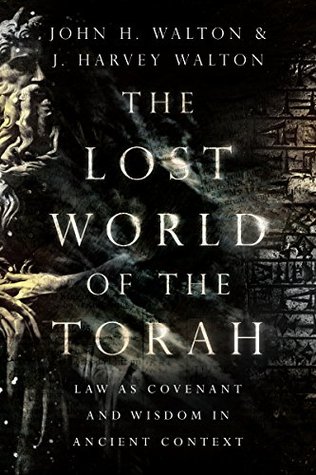More on this book
Kindle Notes & Highlights
Started reading
April 17, 2019
This means that if we are to interpret Scripture so as to receive the full impact of God’s authoritative message, and build the foundation for sound theology, we have to begin by setting aside the presuppositions of our cultural river, with all our modern issues and perspectives, in order to engage the cultural river of the ancient communicators. The communicators that we encounter in the Old Testament are not aware of our cultural river, including all its societal aspects; they neither address our cultural river nor anticipate it.
The Israelite sacrifices that featured blood manipulation, primarily those commonly designated the sin offerings and guilt offerings, have no parallel in the ritual systems so far attested in the ancient world. The blood of these animals was used to accomplish kipper (contributing to the ritual of Yom Kippur).
Even the New Testament authors make this clear as, for example, the author of Hebrews indicates that the blood of bulls and goats cannot take away sin (Heb 10:4). The sacrifices that included blood rituals in the Old Testament maintained purity of the temple compound and allowed the offenders to remain in good standing in the covenant community
It was revelation pertaining to how God’s chosen people were expected to participate in the plans and purposes of God by reflecting well the name of Yahweh, with whom they were identified.
What is important for our study is that we understand that Torah, in the context of the Old Testament, was never intended to provide a way to heaven or a way to pay the penalty for sin fully and finally.
Non-Jews can neither accept nor reject the Torah because it was never offered to them.
To understand what is important, we have to start by investigating how the Israelites of the Old Testament thought about the concept of salvation. Speaking bluntly, on the basis of the evidence from the Old Testament, we find that they had no hope of what we call salvation.4 They did not know that “going to heaven” was a possibility.5 They did not imagine that one could spend eternity in the presence of God. They did not fear eternal punishment. They did not believe that they needed their sins to be resolved in any way beyond that which was available to the community in the sacrificial system.
...more
Instead, what he did was establish his kingdom on earth and dwell among his people as king.
The Torah gave them wisdom for being cooperative participants—it did not give them an individual eternal destiny.
We rejected that approach as overspecifying and lacking the necessary controls. Such an approach could not be applied consistently enough to achieve reliable results. Instead, the practice bristles with subjectivity and, to the extent that it does so, is not tethered to the authority of the text.
In this way, though, the church does not reproduce or replace Israel; it recapitulates Israel. Israel was defined by an ethnic marker and the sign of circumcision; the church is defined as being “in Christ” (e.g., 2 Cor 5:17) and the sign is baptism “of water and the Spirit”
To say it another way, the Torah was not given as God’s revelation to help the church be the church; it was given to help Israel be Israel.


